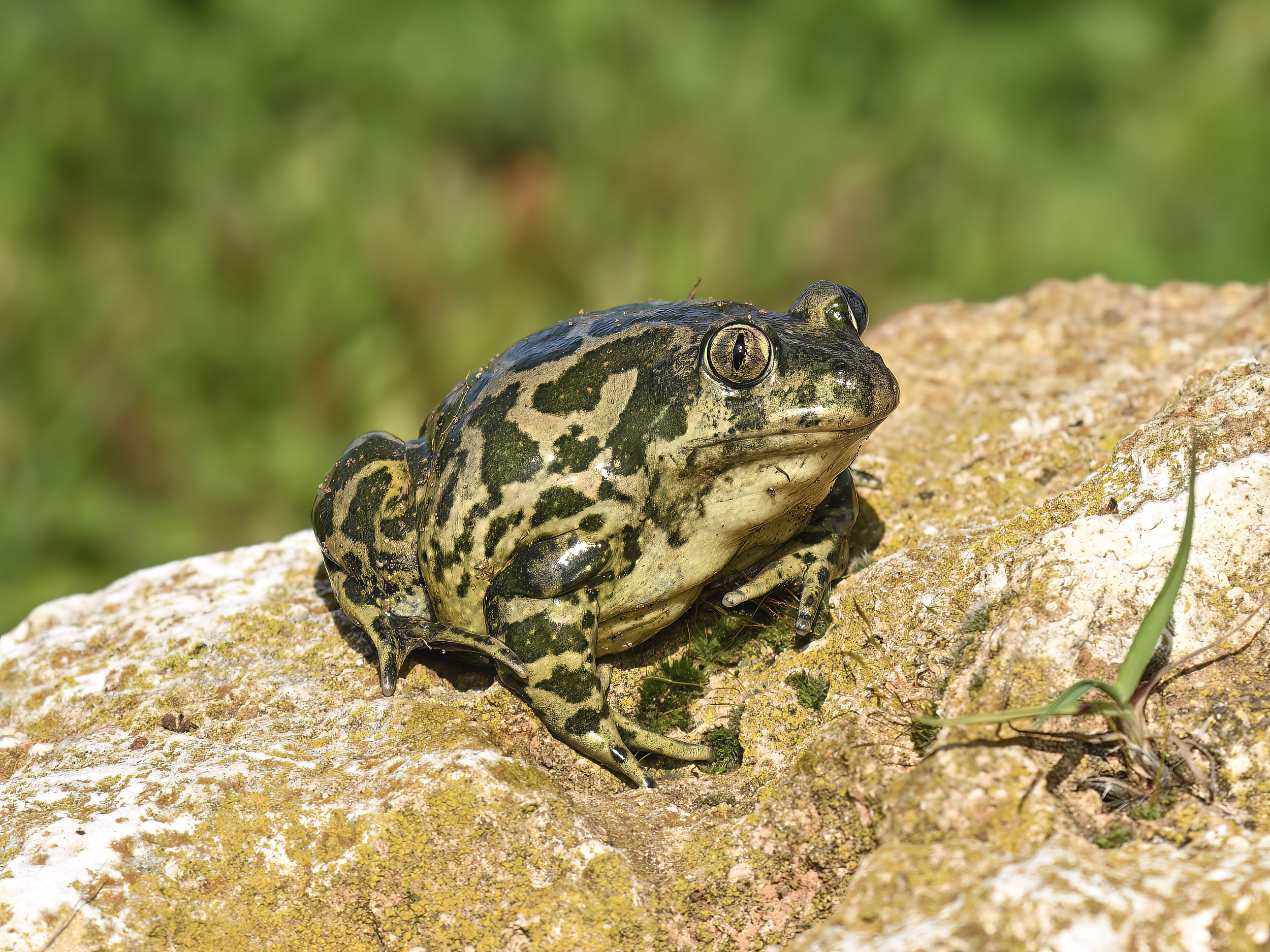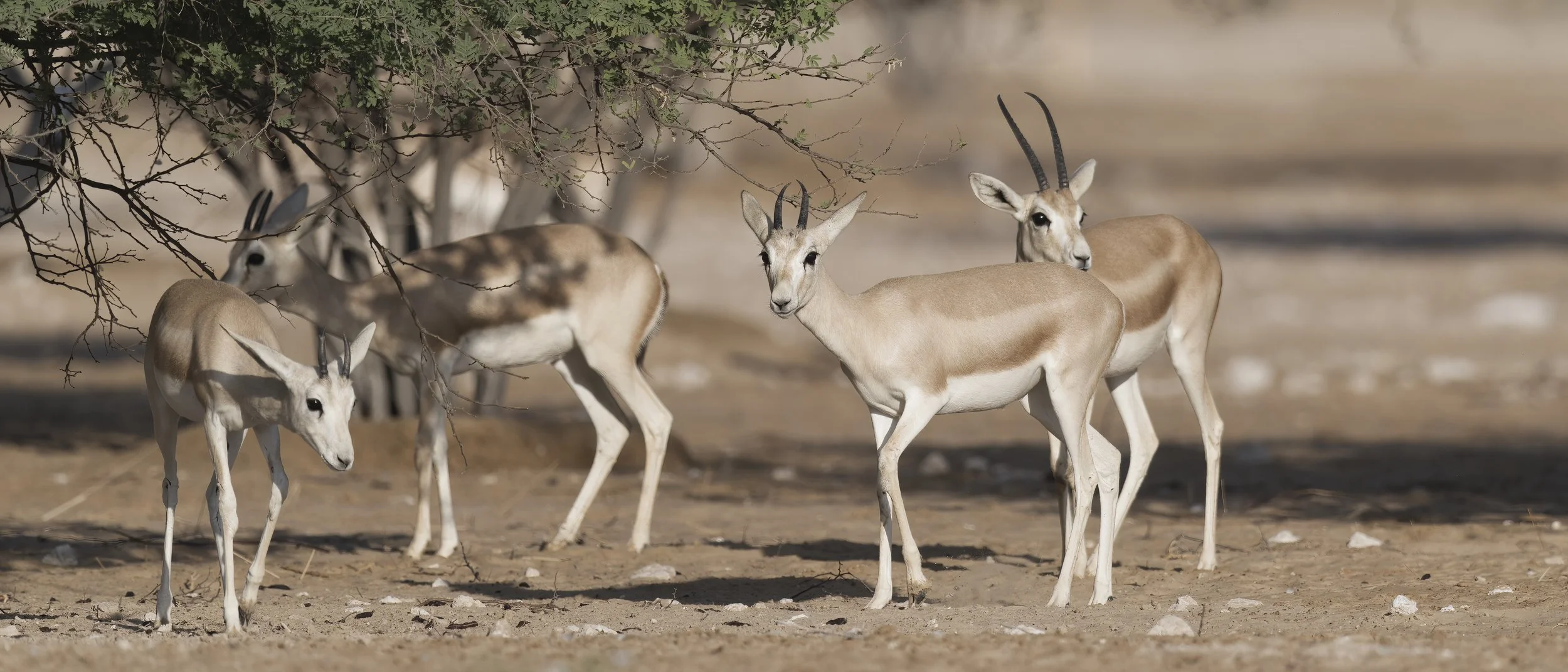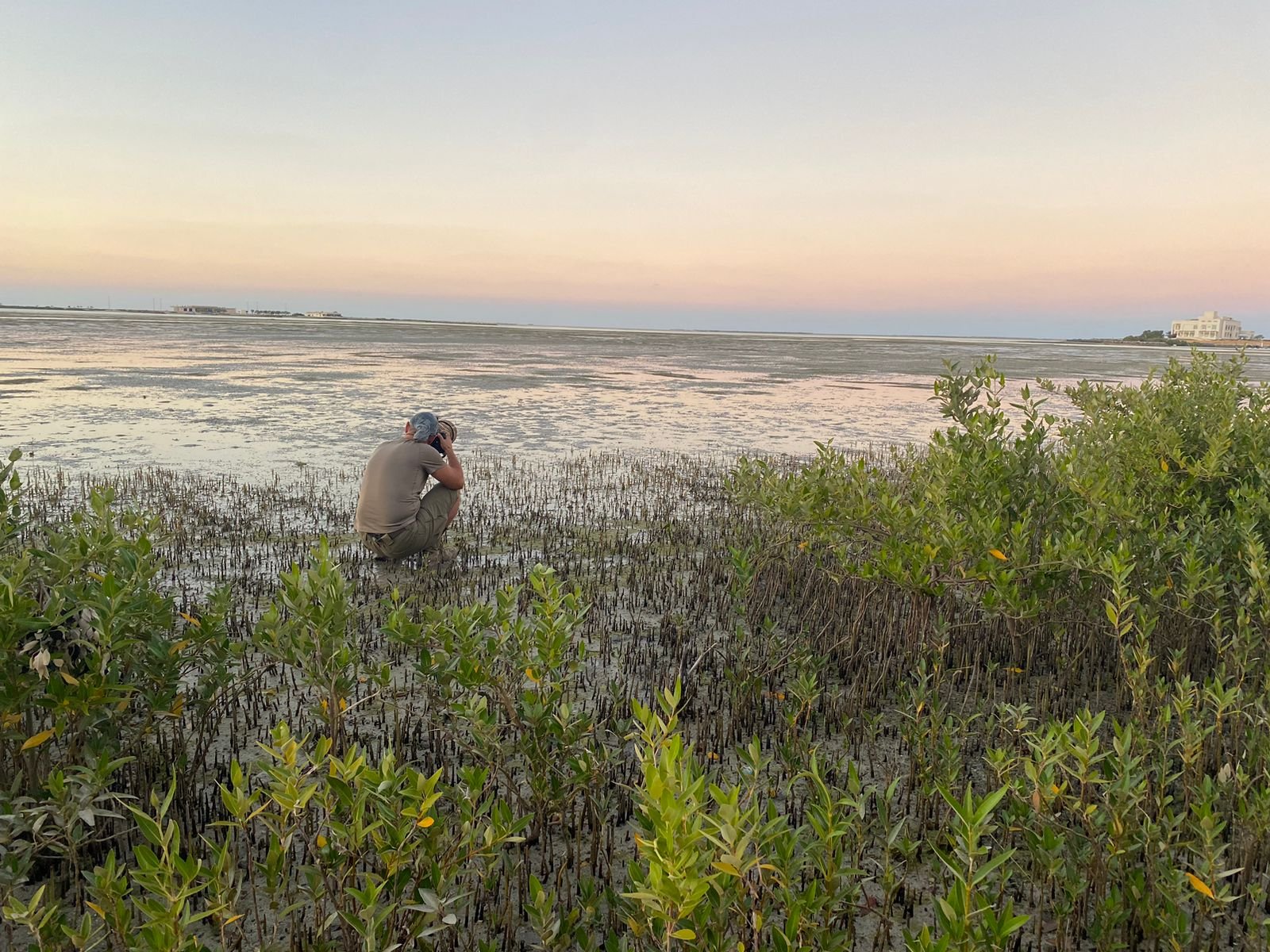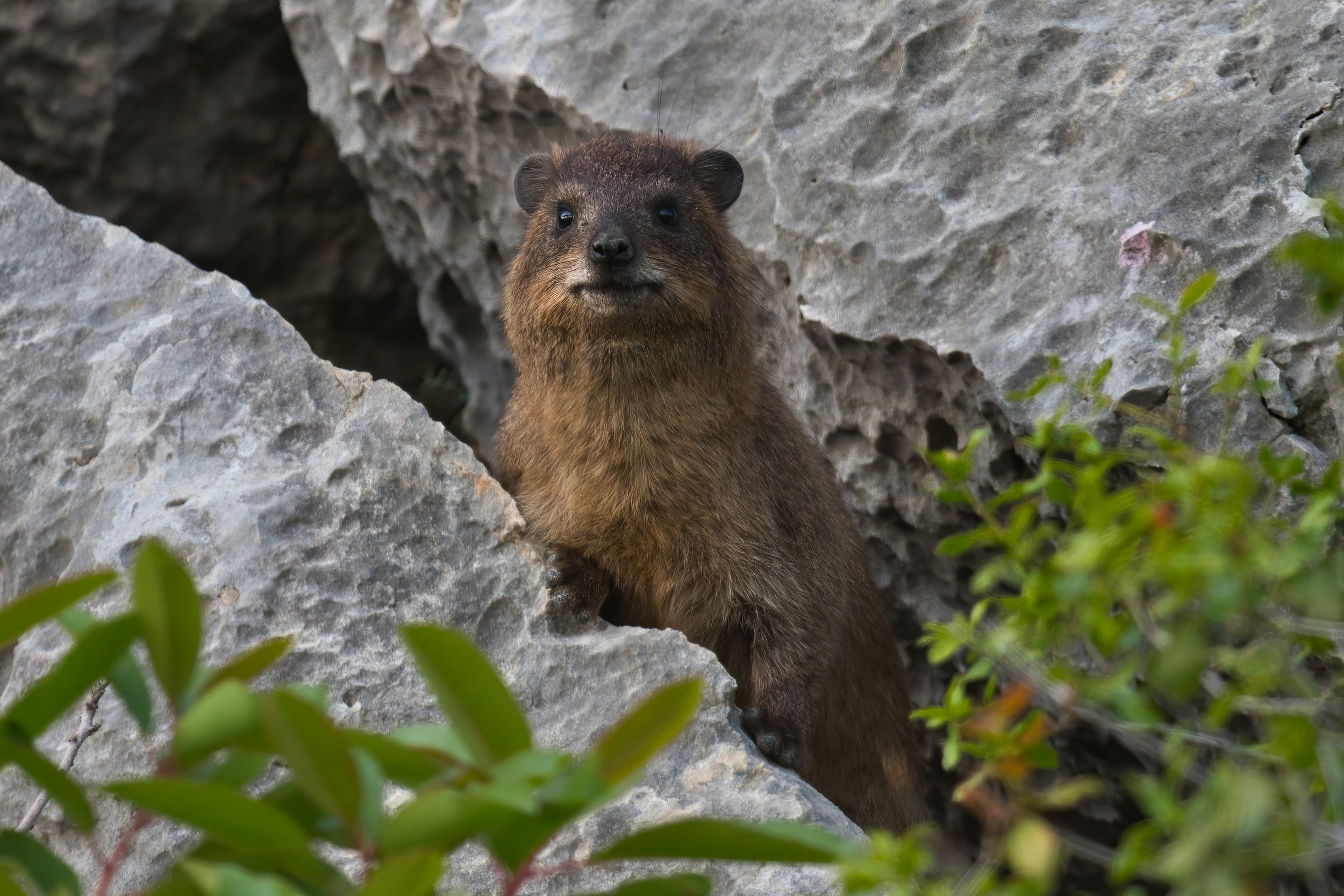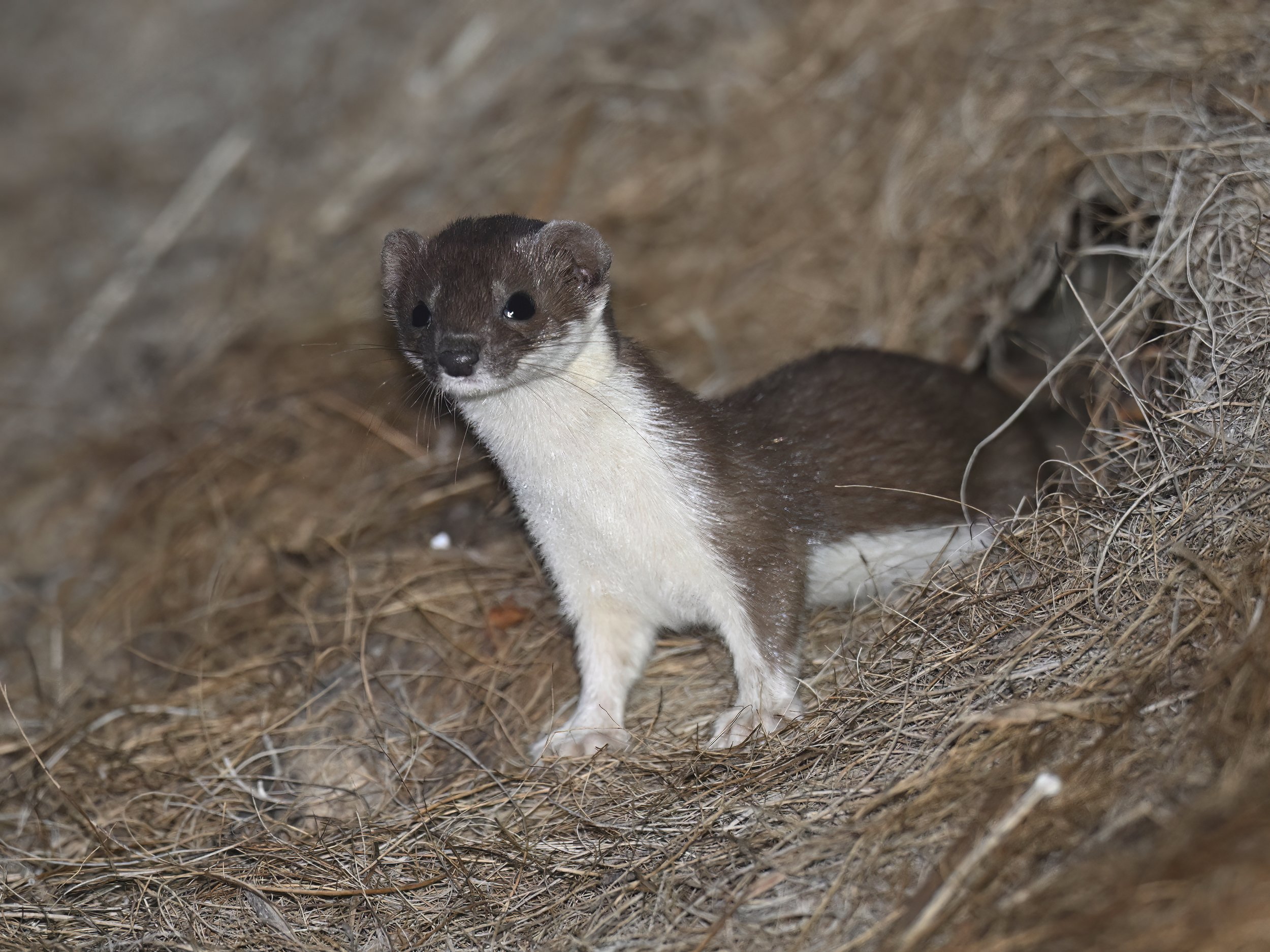Targeted Photography involves focusing on a specific species, selecting the best possible shooting spot, luring the animal to it, and waiting patiently to capture the perfect image. The process could take days, weeks, and sometimes even months.
Targeted Photography - Historical Line
2022-Dec-31
Nikon D500, 800mm 5.6, TC 1.25 -Ammiq Wetlands
The White-throated Kingfisher (Halcyon smyrnensis) is a striking bird native to South Asia and parts of the Middle East. Characterized by its vibrant blue and chestnut plumage, accented by a distinctive white throat and bright red bill, this kingfisher is a sight to behold. It typically resides in a variety of habitats, including woodlands, grasslands, and wetlands, often perching on branches or wires overlooking water bodies where it hunts for its prey. With remarkable patience and precision, it dives swiftly into the water to catch small fish, crustaceans, and even insects, showcasing its remarkable hunting skills. Its loud, melodious call echoes through its habitat, adding to its charismatic presence.
202-Dec-24
Nikon D500, 800mm 5.6 - Ammiq Wetlands
The Common Kingfisher (Alcedo atthis) is a striking bird known for its vibrant plumage and exceptional hunting prowess. Found across Europe, Asia, and parts of Africa, this diminutive bird inhabits diverse aquatic environments, including rivers, streams, and coastal areas. Its electric blue and orange plumage make it unmistakable, earning it the nickname "king of fishers." Despite its small size, the Common Kingfisher is a formidable hunter, diving from perches into the water with astonishing speed and precision to catch small fish, crustaceans, and aquatic insects. With its sharp beak and keen eyesight, it navigates its surroundings with agility, making it a symbol of beauty and resilience in its natural habitat.
2023-Apr-10
Nikon D500, 800mm 5.6, TC 1.25 - Ammiq Wetland
Common Cuckoo (Cuculus canorus) is a fascinating bird known for its unique breeding strategy and distinctive call. Found across Europe and Asia, this species is famous for its habit of laying eggs in the nests of other bird species, a behavior known as brood parasitism. The female cuckoo carefully selects host nests, typically those of smaller songbirds, where she deposits her eggs, often mimicking the appearance of the host's eggs to avoid detection. Once hatched, the cuckoo chick often outcompetes its nestmates for food, ensuring its survival at the expense of the host's offspring.
2023-May-09
Nikon D580, 800mm 5.6 - Mount LebanonRock Hyraxes (Procavia capensis) are small, herbivorous mammals native to rocky habitats in Africa and the Middle East. Despite their rodent-like appearance, they are more closely related to elephants and manatees. Known for their rock-dwelling habits, they are adept climbers and can be found in rocky outcrops, cliffs, and boulders. Recognizable by their stocky build, round ears, and stumpy tail, have dense fur that provides insulation against temperature extremes. Their diet consists mainly of leaves, fruits, and grasses. Social animals, they live in colonies led by a dominant male. They communicate through a complex system of vocalizations, and their unique physiology, including specialized kidney adaptations, enables them to conserve water in arid environments.
2023-Jun-02
Nikon D580, 800mm 5.6 - Anjar
Red foxes (Vulpes vulpes) are highly adaptable and widespread mammals found across diverse habitats in the Northern Hemisphere. Characterized by their distinctive reddish-brown fur, white-tipped tail, and black legs and ears, red foxes are known for their cunning and intelligence. They exhibit a versatile diet, preying on small mammals, birds, insects, and scavenging for fruits and vegetation when necessary. Red foxes are skilled hunters and have a keen sense of smell and hearing. They are also notable for their agility and playfulness, often engaging in social behaviors within family groups. Red foxes are successful urban adapters, inhabiting both rural landscapes and city outskirts.
2023-Sep-21
Nikon D580, 300mm 2.8 - Anjar
Barn owl (Tyto alba) is a distinctive and nocturnal bird of prey known for its heart-shaped facial disc and pale plumage. With a wingspan of about 80–95 cm (31–37 inches) and a length of approximately 33–39 cm (13–15 inches), it possesses a slender and elegant appearance. Barn owls have keen hearing, aided by a facial disc that helps funnel sound to their ears, allowing them to locate prey in total darkness. Their diet primarily consists of small mammals, such as rodents and shrews, making them valuable for natural pest control. Nesting in barns, trees, or other sheltered structures, barn owls are found on every continent except Antarctica. Their silent flight and specialized hunting techniques make them efficient predators, contributing to their success as a widespread and adaptable species.
2024-Jul-07
Nikon Z9, 800mm 5.6 - Akkar
The Least Weasel (Mustela nivalis) is one of the smallest members of the weasel family, measuring about 6 to 12 inches in length and weighing between 1.5 to 4 ounces. Found in diverse habitats such as forests, grasslands, and agricultural areas, this agile carnivore primarily preys on small mammals, birds, and insects, using its speed and stealth to hunt. They are typically solitary and territorial, active during the day or at dusk. Mating occurs in late spring or early summer, with females giving birth to 3 to 7 kits after a gestation period of about 30 days. While not currently threatened, habitat loss poses a risk to their populations, making conservation efforts essential for their survival.
2024-Aug-10
Nikon Z9, 100-400mm 4.5/5.6 - Anjar
The Long-eared Owl (Asio otus) is a medium-sized owl known for its distinctive "ear" tufts, which are actually feather tufts and not its ears. With a wingspan of about 95–100 cm (37–39 inches) and a length of approximately 35–40 cm (14–16 inches), it has a slender appearance. This owl species is characterized by its orange eyes, facial disc, and brownish or russet-colored plumage with intricate streaks and patterns.
Want to see more?
-
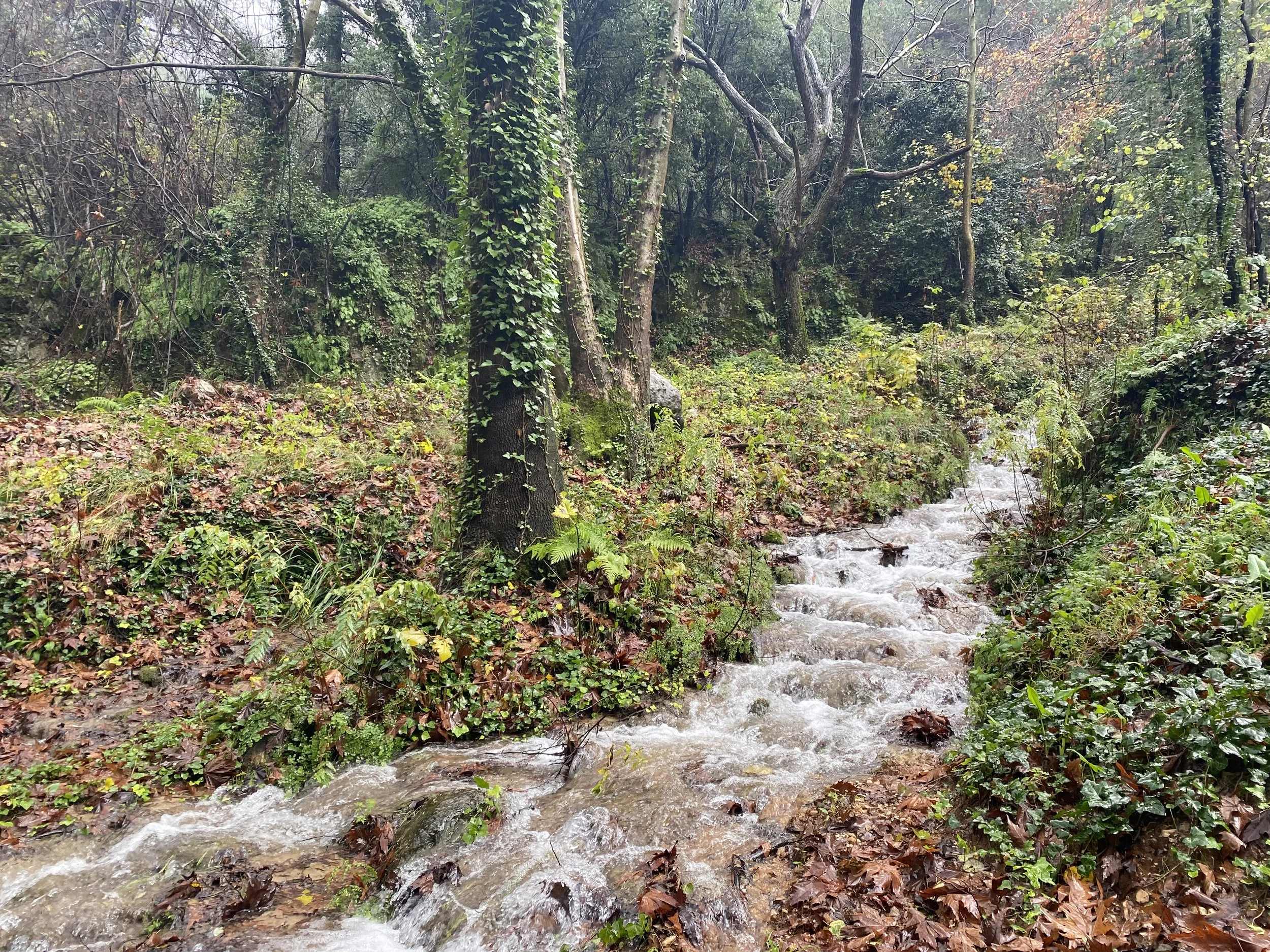
Herping
-

Forest
-
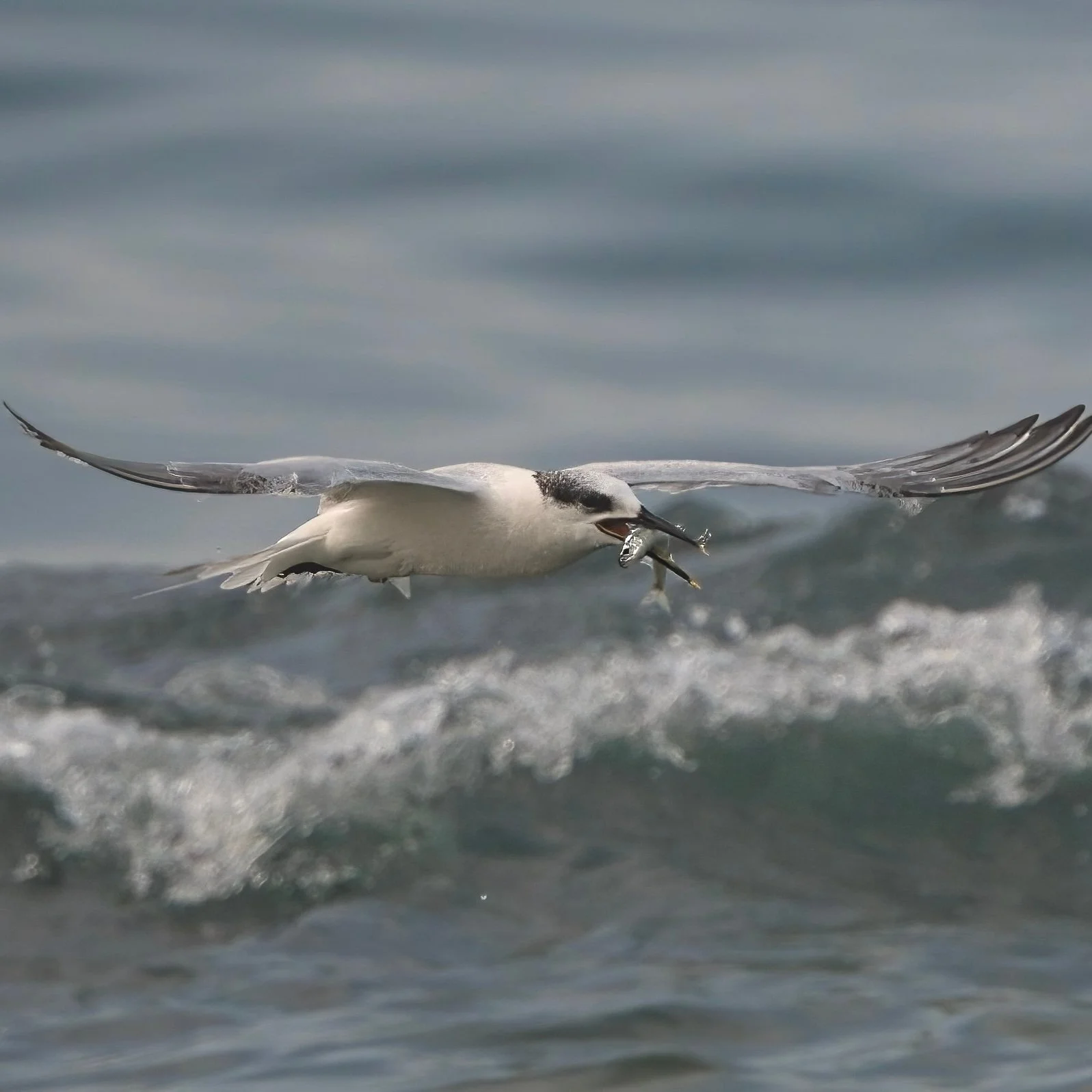
Sea
-

Wetland














